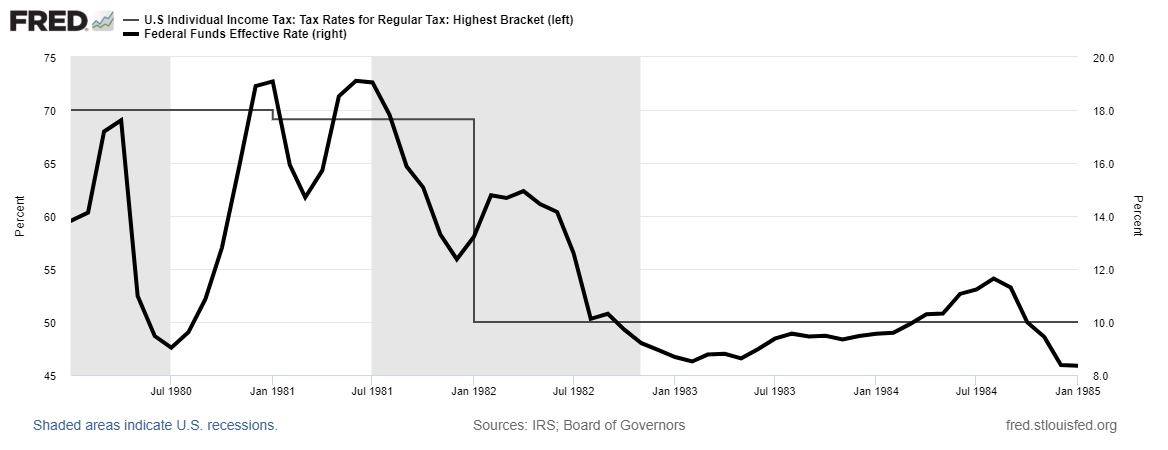I suppose I should be used to people “talking their own book,” but when it comes to public policy, we should be taking facts seriously. Mr. George Marlin made this comment in his piece about Laura Curran’s administration:
“Thanks to Republican federal tax cuts and the subsequent roaring economy, Nassau’s operating deficits, based on Generally Accepted Accounting Principles, began to decline.”
Note the implied ipso facto. Deficits can indeed shrink thanks to rising revenues. But there are two problems here. The first is that revenues always go up, provided we’re not in recession. This is a rubric used by the GOP to claim that cutting taxes raises revenue, the intellectual equivalent of claiming you can more easily cover your mortgage if your just cut your income in half.
Strangely absent from Mr. Marlin’s analysis would be the “crushing effect” of the reduction of the SALT cap to a mere $10,000. In a county where the median property tax is over $14,800. How odd.
The second problem is that tax cuts have turned out to be an ineffective economic stimulus tool, especially in the way Republicans structure them. The benefits always accrue mostly to top wage earners and asset holders.
The fact is Mr. Trump inherited a well-functioning economy and merely coasted on nine years of economic momentum built on the back of his predecessor. Job creation actually slowed by 150,000 a month almost immediately upon his taking the oath, and Mr. Trump never exceeded Mr. Obama’s economic performance on any metric.
Yes, I know that unemployment rates dropped to very low levels, but this is kind of like me taking the baton from Usain Bolt with 10 meters to go in a marathon and claiming the gold medal for myself.
It has been an article of faith among Republicans that tax cuts spur economic growth, but the empirical evidence shows that they haven’t really moved the needle much. The myth began in Reagan’s time, when Kemp-Roth was passed in 1981.
There were numerous other changes in taxation made throughout Reagan’s two terms, many a furious attempt to cover for the massive deficits experienced under his administration, but just as a car salesman talks monthly payments, Republicans talk marginal tax brackets to sell people on the policy.
The results on the ground are sometimes disastrous. The final straw was the Tax Reform Act of 1986, where the top bracket was dropped to an ultra low 28 percent. The result was a ruinous cratering of the real estate market, the economy tipping into recession, leading to the “It’s the economy, stupid” phase of American electoral politics.
After this experiment, the top bracket was raised to 39.6 percent, which endured throughout perhaps the best economy of our lifetimes, and a federal surplus. We actually stopped issuing 30-year Treasury paper. There was no need to fund government operations through the debt markets on the scale we had known for decades.
But even so, when it comes to taxation, remember one thing: it’s mostly about DISTRIBUTION, not revenue or the economy. It’s about who gets to keep what. And on that score, both the federal government and the county have failed miserably.
Aside from all this, the words “discipline” and “Nassau” don’t belong in the same sentence.
So, what created the tax cut myth under Reagan? Well, if you lower the Fed Funds rate by over 1000 basis points at the very same time you enact a “tax cut,” you too, can be declared a one-man economic wonder!
As with Mr. Marlin’s statement, a case of “Post hoc, ergo propter hoc.”
Donald Davret
Roslyn



